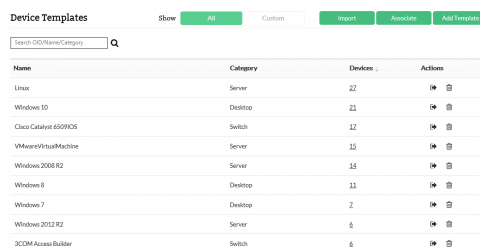Advanced analytics for ServiceDesk Plus' ticket history, projects, and knowledge base modules
We’re happy to announce the release of advanced analytics for three more ServiceDesk Plus modules: Request transition history, Projects and Knowledge base management. Read on to see how this integration between ServiceDesk Plus and Analytics Plus gives enterprises better visibility into their help desk activity.










